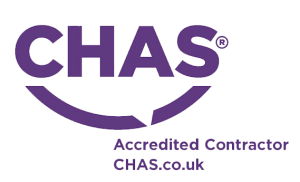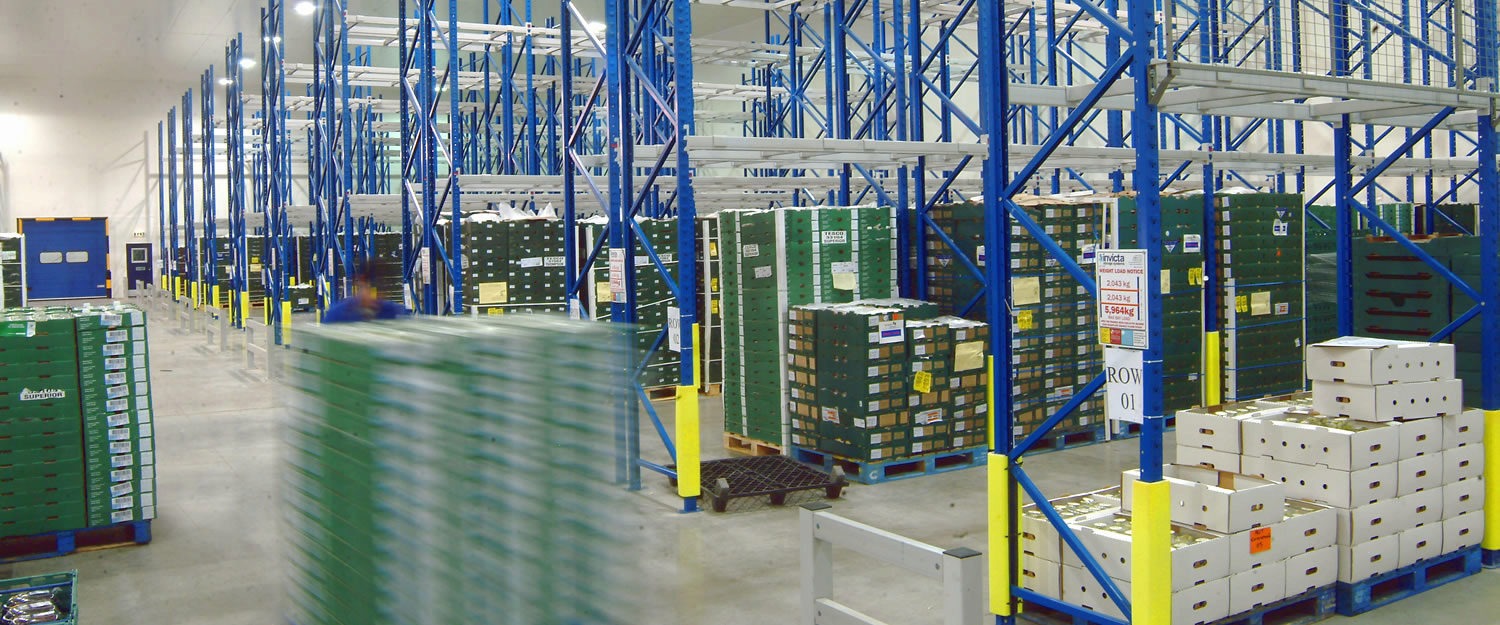For your information
You are being redirected to one of our divisional subsites which contains more detailed information on the required division. To navigate back to the main Invicta Group site, please click the link found in the footer at the bottom of the page.
Should employees be responsible for racking safety?
8th January 2024
Quick Quote
Contact Mick Coyne
To get a quotation or arrange a free site survey - Call Mick Coyne on
-
 UK
UK
Current location:
Quick Quote
Contact Mick Coyne
-
 UK
UK
Current location:
You would think that the number of viral racking collapse videos would lead to better racking safety. Yet collapses remain remarkably common, as do the number of near-misses, where racking is found in a dangerous state of disrepair. This is borne out in the statistics, where the warehousing and storage sector has a non-fatal injury rate of almost twice the average.
Many efforts to improve racking safety have been focused on regular inspections and racking repairs. But given the continuing scale of the issue, is this approach working, and is it fair on warehouse operators to bear the burden? How much responsibility do employees have for racking safety, and where should remedial action be taken?
Racking safety legislation
Warehouse safety is still primarily dictated by The Provision and Use of Work Equipment (PUWER) Act 1998. The part that chiefly concerns racking is Regulation 6, which details best practices for racking inspections. Under this regulation, racking must be inspected:
- When it is installed;
- When it is reassembled;
- At suitable intervals;
- When damage is suspected or likely;
- On at least an annual basis.
You may notice that there are separate points for when racking should be inspected. This is because while racking should be inspected once per year at minimum by a technically competent person, it is also advisable to inspect it more often than this on a less formal basis. In other words, the annual inspection should be as in-depth as possible; while periodic inspections are advisable, but may be less comprehensive.
A technically competent person is defined as a trained specialist, either within or outside the organisation. This typically means being qualified as an approved SEMA racking safety inspector, a prestigious qualification which must be renewed on a regular basis. The stringent requirements to carry out this role mean that this job is often delegated to the racking installer or manufacturer.
This puts the onus for racking safety clearly on the business owner and warehouse manager. Systems should be put in place to mandate regular inspections, ensuring that these have been carried out and that any corrective actions have been taken. But is this enough? While it may be the case that inspections simply aren’t being carried out, is there more that employers – and employees – can do to improve racking safety?
The problem with racking safety rules
There are two problems that can arise depending on how one interprets the current legislation on racking safety. The first is that, below the mandatory yearly inspections, there is no statutory requirement to inspect racking on a more frequent basis; merely a suggestion. The second is that regular inspections are not always enough to either catch damage that has occurred, or prevent that damage from happening in the first place.
The kind of damage that causes a racking collapse or otherwise endangers people may come into play well before an inspection happens. This is particularly relevant given that an estimated 90% of racking collapses are caused by forklift collisions. And while attending to damage caused by a forklift strike may be obvious, this kind of reactive approach to safety isn’t always sufficient. Damage could be caused by a forklift which seems insignificant at first, but then develops and worsens over time.
People’s general awareness of the safety risks caused by racking damage may also not be high enough to recognise what serious damage looks like, and what is liable to compromise the structural integrity of the racking. When forklift strikes do occur, they also speak to more systemic safety problems (e.g. driver training and awareness, signposting, and environmental hazards) that an inspection cannot catch.
How to improve racking safety
Putting the onus on the business owner and responsible person is reasonable, and a good safety culture has to start from the top. However, safety should not and cannot be siloed. While it’s contingent on the business owner to implement good policies and practices, these must involve employees at all levels. Ensuring everyone is involved in racking and warehouse safety adds a layer of redundancy, and provides eyes and ears on the ground.
Instead of being seen as risks to be mitigated – or ignored entirely – warehouse operatives and other employees should be fully involved in racking safety. Rather than simply reacting when problems occur, employees should be given sufficient training to proactively spot and avoid hazards. This starts with basic racking safety awareness training, but may also follow onto more specific or comprehensive safety training courses, as well as regular ‘toolbox talks’.
Where owners and managers can be effective is in applying a strong safety culture. This means encouraging workers to look out for racking damage and giving them the tools to do so, but also setting a positive example themselves. This means taking your own rules and regulations seriously, not just by acting in a safe manner, but also encouraging others to do so, both by reinforcing training and empowering people to report safety breaches.
Action should also be taken to remedy issues with the physical warehouse environment. Racking collisions often happen not because of simple operator error, but a confluence of factors, such as blind spots, distractions, inadequate driver training, overwork, obstructions, or excessive warehouse traffic. All of these issues point to problems with warehouse design and management that go beyond the actions of any one employee. Letting these issues fester not only increases the likelihood of incidents, but also demonstrates a poor attitude towards safety, setting an example that others are likely to follow.
–
Employers bear ultimate responsibility for racking safety, but safety doesn’t exist in a vacuum. Ensuring that everyone stays safe in the warehouse environment means empowering employees, and giving them the tools and impetus to work more safely. Crucially, it also means providing them with the training and resources they need to spot hazards when they occur, and to stop them from developing into a full-blown incident between regular inspections.
Accreditations & Affiliations







Start your project
Tell us about your project. Please complete this form. One of our sales team will come back to you with more details. If you prefer, you can drop us an email.




Share/Like this page